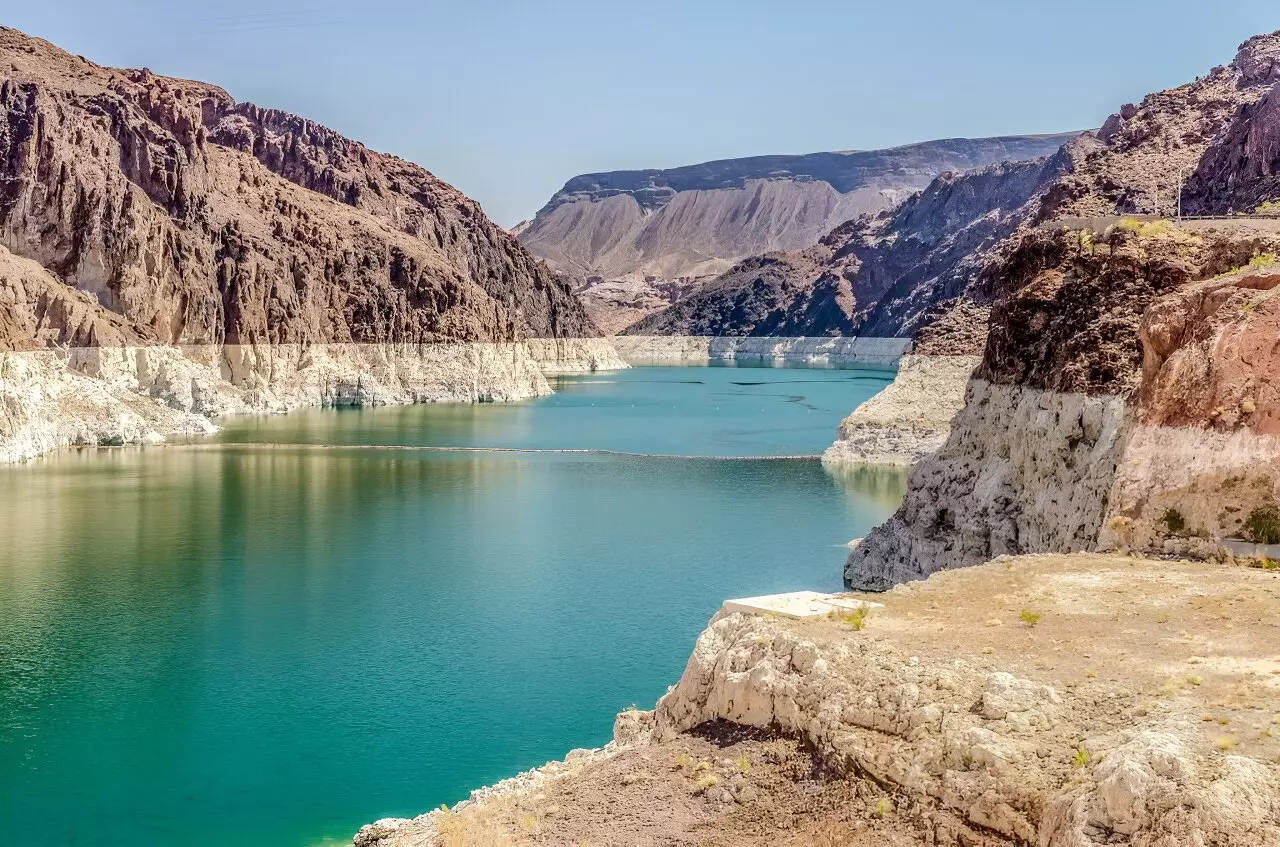Recent research highlights a troubling shift in the dynamics of water reservoirs across the continental United States, revealing a significant increase in the duration, severity, and variability of low storage periods. Most affected are the western and central regions, where climate change and adverse weather patterns have taken a notable toll. However, this issue is not isolated to just these areas; reservoirs in the eastern and southeastern United States are also beginning to show signs of strain. This study, published in Geophysical Research Letters, underscores the urgent need for adaptive water management strategies to address increasingly unreliable water storage systems.
Reservoirs, which are vital in managing water resources, are becoming more crucial than ever. They serve a key role in regulating water availability, especially as traditional natural storage sources like snowpack and groundwater are dwindling. Rivers that once flowed robustly are now experiencing decreased levels, prompting water managers to reevaluate how these man-made storage systems operate under changing climatic conditions. For instance, the 2000 to 2021 period marked the driest two decades seen in 1,200 years for regions that harbor Lakes Mead and Powell, resulting in severe water use restrictions spanning the southwestern United States.
Several interrelated factors contribute to the diminishing storage capacity of these reservoirs. Not only have changing weather patterns led to more frequent droughts, but human activities—including excessive water withdrawals and sediment buildup—further complicate the challenges of efficient water management. As Caelan Simeone, a lead hydrologist at the U.S. Geological Survey, notes, reservoirs were designed based on historical water conditions, which no longer holds true due to the erratic climate changes witnessed in recent years.
The study uses data from 250 large reservoirs collected between 1981 and 2020, focusing on shifts in baseline, maximum, and minimum water levels. It became evident that over 60% of these reservoirs faced declining maximum storage, with some experiencing alarming reductions that challenged previous expectations. Such findings reveal broader trends that extend beyond merely regional nuances; they underline a nationwide crisis that craves urgent attention.
Perhaps one of the most surprising revelations is the decline in maximum water storage in typically wetter regions, such as the Southeast and Pacific Northwest. Out of the 250 reservoirs analyzed, 169 displayed a downward trend in maximum storage, with a substantial portion experiencing dramatic declines. On average, these reservoirs observed a median decrease of 2.2% in maximum storage, but for those that showed significant declines, the number soared to over 8%. These statistics paint a disheartening picture: many reservoirs are no longer filling to their historical capacities.
Simeone and his colleagues emphasize that the increased sediment accumulation and changing hydroclimatic conditions likely drive this pronounced variability. When reservoirs were constructed—primarily from the 1930s through the 1970s—it was under the assumption that climate conditions would remain relatively stable. However, that paradigm has shifted dramatically due to climate change.
The Role of Water Management Practices
Water managers face a daunting task: adapting to an environment where past practices no longer align with current realities. Traditional management techniques need reevaluation as reservoirs encounter conditions for which they were never designed. The study points out that a lack of comprehensive, nationwide research limits regional managers’ understanding of broader trends and challenges. Instead of isolated fact-checking, there’s a pressing need for holistic strategies that encompass both local patterns and national trends.
As climate change continues to disrupt previous stability in water cycles, the uncertainty surrounding reservoir operations poses risks not only to agriculture and urban water supply but also to ecosystems dependent on predictable water flows. If adaptive measures do not keep pace with these changes, the repercussions could ripple through communities relying heavily on the stability of these water storage systems.
The study’s findings offer a vital call to action for water reservoir managers to embrace adaptive strategies amid ongoing environmental changes. There’s an urgent need for the water management sector to integrate historical data with current trends in climate impact to formulate resilient responses. A nationwide perspective—rather than isolated regional analyses—will empower stakeholders to make more informed decisions about reservoir operation and management.
As we face an evolving climatic landscape, understanding the depth of these challenges around water reservoirs is essential. Only through comprehensive research and innovative management strategies can we hope to safeguard our water systems for future generations. Staying ahead of the changes demands not only acknowledgment but also proactive planning to ensure sustainable water resources in an unpredictable climate.


Leave a Reply